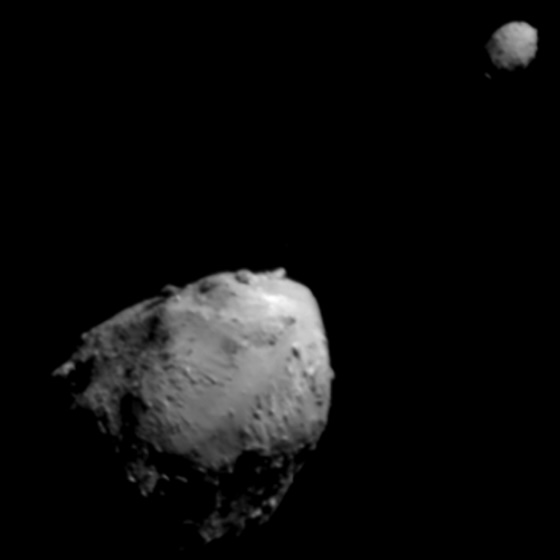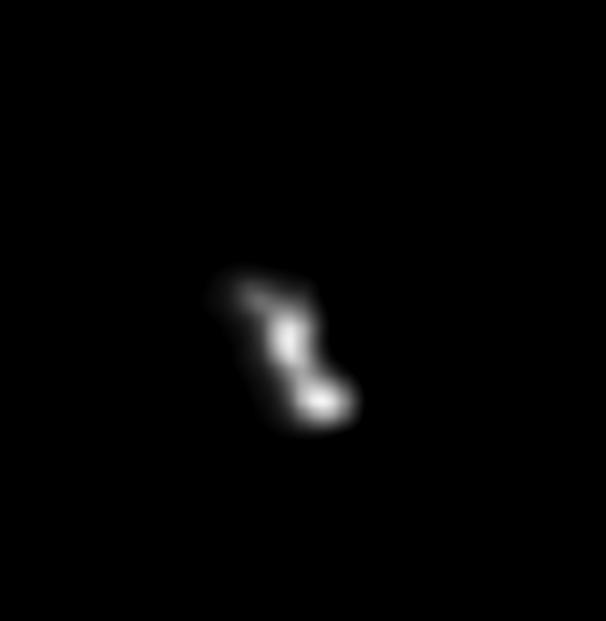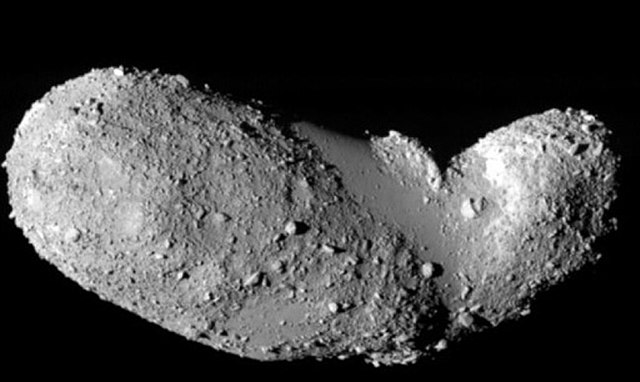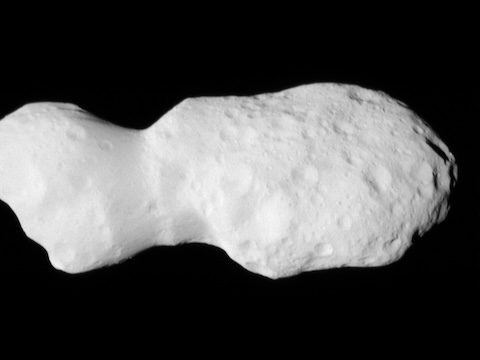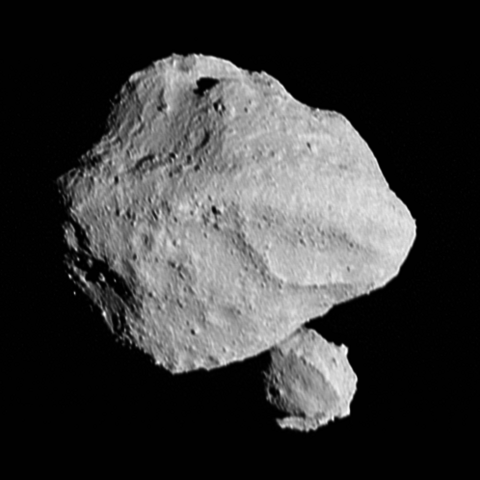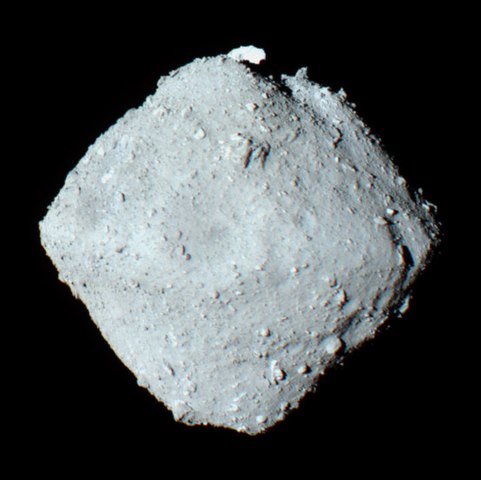1 day / second
0.5 AU
65803 Didymos
Asteroid
A binary asteroid system consisting of a larger primary body and smaller moonlet that became the first planetary object to have its orbit intentionally altered by humans when NASA's DART mission successfully impacted the moonlet in 2022.
Key Facts
orbital regime | Inner System |
learn more | Wikipedia |
mass | 5.2000e+11 kg |
radius | 0.383 km |
hill radius | 67.197 km |
semi-major axis | 1.643 AU |
eccentricity | 0.383 |
inclination | 3.414º |
longitude of the ascending node | 72.986º |
argument of periapsis | 319.603º |
orbital period | 2.105 years |
discovery date | April 11, 1996 |
discovered by | Spacewatch at Kitt Peak National Observatory, Joseph L. Montani |
name origins | Named after the Greek word for "twin" due to its binary nature |
dimensions | 0.797 km length, 0.783 km width, 0.761 km height |
albedo | 0.16 |
material composition | S-type and X-type asteroid |
density | 2.17 g/cm³ |
Spacecraft Visits
Double Asteroid Redirect Test (DART)
Impactor
Launched in 2021, impacted in 2022
The DART spacecraft deliberately collided with the asteroid Dimorphos (a moonlet of Didymos) on September 26, 2022, successfully altering its orbital period by 32 minutes in the first demonstration of kinetic impact defense against potentially hazardous asteroids.
Hera
Orbiter
Launched in 2024, planning to enter orbit in 2026
Hera will be the first spacecraft to visit a binary asteroid system, arriving at Didymos in 2026 to study the aftermath of NASA's DART impact and deploy two CubeSats for detailed surface observations.
